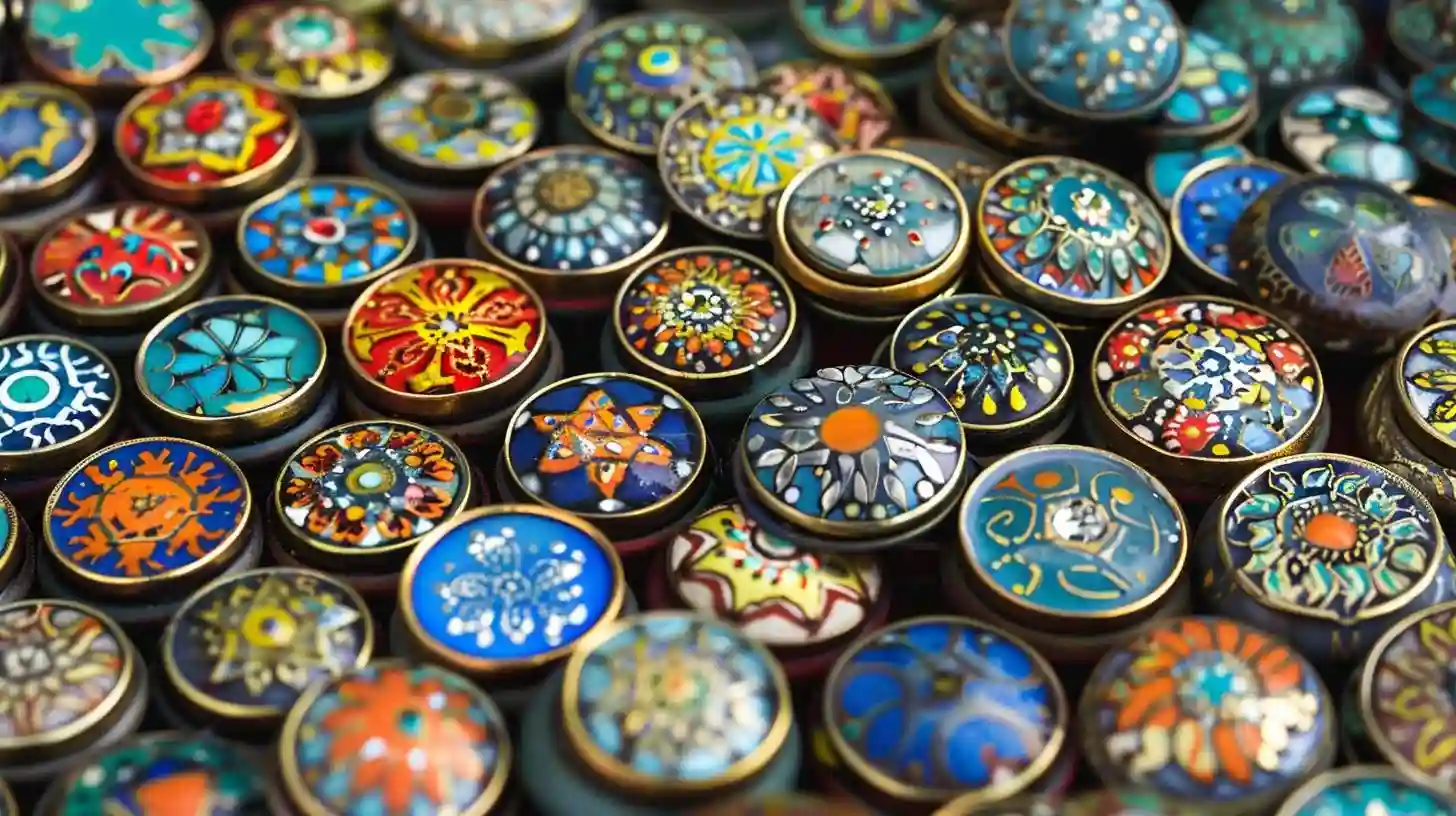
Enamel, a decorative art form dating back thousands of years, is a technique of fusing powdered glass to a base material such as metal or glass. This process involves carefully applying glass powder to the surface of a base material and then firing it in a kiln at high temperatures. The result is a smooth, colorful surface that is both durable and beautiful.
The origins of enamel can be traced back to ancient Mesopotamia, where artisans first began using the technique to decorate jewelry and other objects. Over time, this art form spread to other parts of the world, including Ancient Egypt, Greece, Rome and China. In medieval Europe, enamel became especially popular for decorating religious objects such as chalices, crosses and reliquaries.
One of the most iconic types of enamel is cloisonné, which involves creating compartments or cloisonnés on a base material and then filling them with colored enamel. This technique allows you to create intricate designs, often with geometric patterns or intricate floral motifs. Another popular form of enamel is champlevé, which involves cutting indentations into the base material and then filling them with enamel. This technique creates a more subtle, textured effect.
Enameling has remained a popular art form for centuries, with artists and craftsmen constantly pushing the boundaries of what is possible. Today, enamel can be found in a wide variety of applications, including jewelry, decorative items, and even fine art. Whether used to create a delicate pendant, a statement vase or a vibrant painting, enamel remains a versatile and captivating material that continues to inspire and delight audiences around the world.